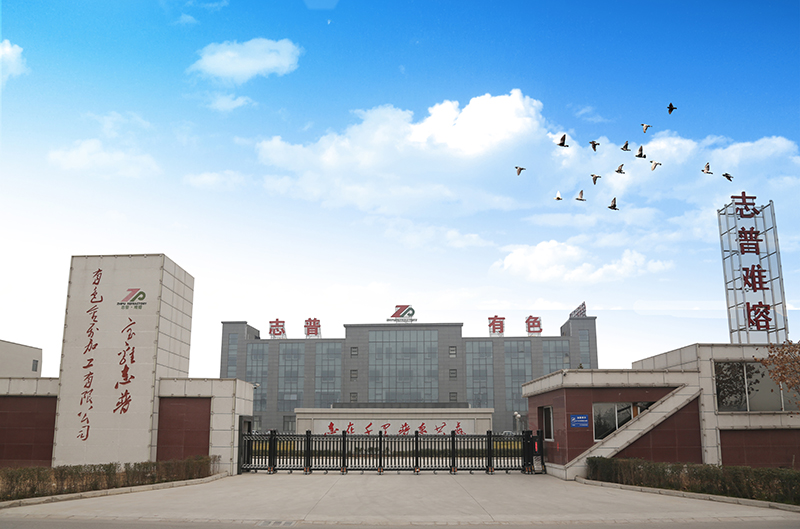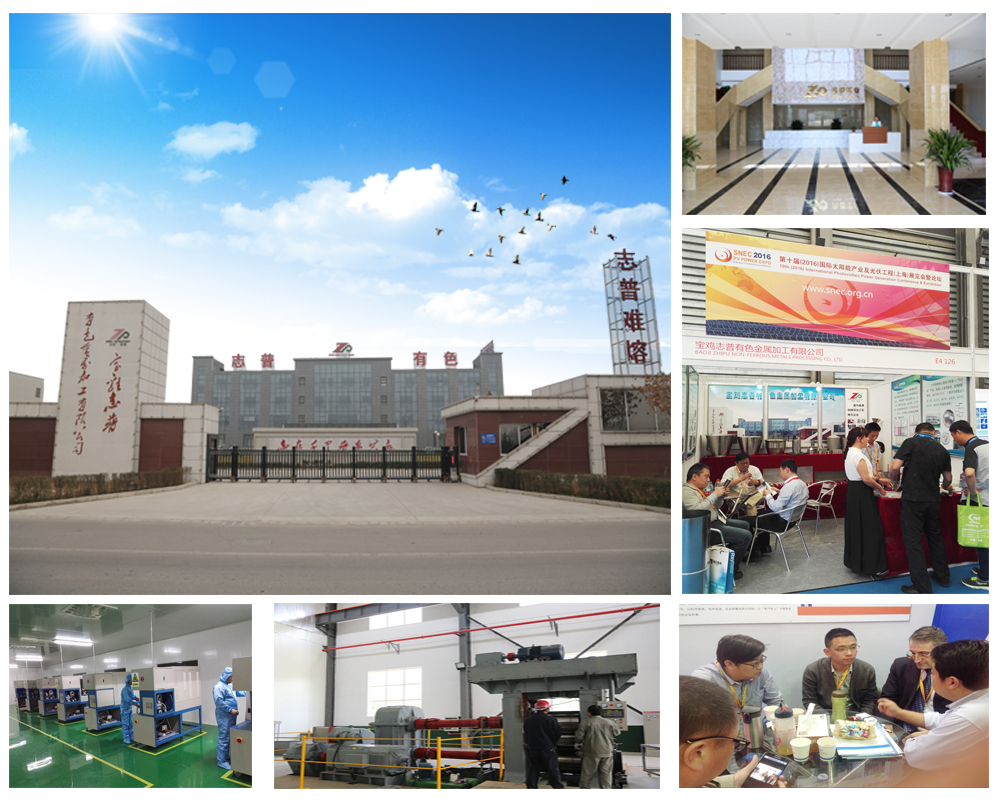Pesticide safety use specification
Agricultural products are the only source of food, and the quality and safety of agricultural products has received increasing attention from all consumers. Pesticides are important agricultural production materials, but they are also toxic and hazardous substances. The scientific, rational and safe use of pesticides is not only related to the stable development of agricultural production, but also to the physical health of the broad masses of the people and to the natural environment on which human beings depend. Pesticide safety, in a broad sense, includes agricultural product quality and safety, crop safety, environmental safety and personal safety. In recent years, various security incidents have been reported in newspapers. In order to let farmers friends improve the safe use of pesticides and master the safe use of technology, the relevant matters are now summarized. Hope to contribute to the popularization of pesticide safety knowledge!
First, buy pesticides, see the label
Buy pesticides and go to regular stores and buy regular products. Domestically produced and imported domestically distributed regular pesticides are in line with the new “Pesticide Labeling and Instructions Management Measuresâ€. The label and instructions are clearly marked with the name of the pesticide, the active ingredient (Chinese) and the content, dosage form, pesticide registration number or pesticide. Temporary registration certificate number, pesticide production license number or pesticide production approval document number and product standard number (only foreign registered pesticides only registration certificate number), company name and contact information, production date, product batch number, expiration date, weight, product performance, Use, use techniques and methods of use, toxicity and labeling, precautions, first aid measures for poisoning, storage and transportation methods, pesticide types, pictograms, etc.
Second, pesticide storage, away from food
Pesticide distributors may not mix and mix pesticides with food, vegetables, fruits, food and daily necessities. It is best for farmers' friends to buy them immediately. The remaining pesticides should be kept away from food storage and strictly managed to prevent children and poultry from coming into contact with pesticides.
Third, prevention of pests and diseases, scientific use of drugs
For crop diseases, insects, grasses, and rodents, the integrated control (IPM) technology should be applied according to the recommendations of the plant protection technical department. At the time of appropriate application, the dose of economically effective pesticides should be applied by the correct application method. Do not arbitrarily increase the dosage and change the application method.
Fourth, the appropriate use of drugs to avoid residues
The safe interval between pesticides refers to the number of days between the last application and the harvest of the crop. Before applying pesticides, it is necessary to understand the safe interval of pesticides used. The application time must be within the safe interval of crops to ensure that pesticide residues do not exceed the standards when harvesting agricultural products.
5. Protecting natural enemies and reducing medication
When the number of natural enemies such as ladybugs, grasshoppers, and spiders in the field is large, the natural control of pests is fully utilized. Should choose the appropriate pesticide varieties, control the number of medications or improve the application method to avoid mass killing natural enemies.
Six, high toxicity pesticides, prohibited to use
Since January 1, 2007, China will completely ban the use of five highly toxic organophosphorus pesticides such as methamidophos, parathion, methyl parathion, monocrotophos and phosphonium in agriculture. For fruits such as fruits, vegetables, fruit trees, tea, Chinese herbal medicines, etc., it is strictly forbidden to use high-toxicity and high-residue pesticides to prevent poisoning by consumers. The highly toxic pesticides that are strictly prohibited are methamidophos, omethoate, phorate, and 11 kinds of sulfur, phosphorus, methyl parathion, chlorpyrifos, chlorpyrifos, dichlorvos, triazophos, acephate, and fenthion. Highly toxic pesticides such as carbofuran, aldicarb, phorate, methyl isothiophosphate, etc., are only used for seed dressing, tool ditching or wearing gloves to spread poisonous soil. Spraying is strictly prohibited.
Seven, spray pesticides, first look at the weather
Spraying pesticides should be carried out in the weather conditions without rain or below 3 winds, and should not be applied against the wind.
pesticide. Spraying pesticides during the hot summer season should be carried out before 10 am and after 3 pm, avoiding high temperatures at noon. The spraying time of the application personnel should not exceed 6 hours per day.
Eight, field application, pay attention to protection
Old, infirm, sick people, children, pregnant, menstruating and lactating women can not apply pesticides. Applicators must wear protective clothing and protective shoes, wear masks, hats and protective gloves. For pesticide preparation, special equipment should be selected for metering and mixing. Never take medicine and stir the pesticide directly. It is strictly forbidden to smoke, eat and drink at the dispensing and application sites. You must stay away from the application site and wash your hands before smoking, eating, drinking and other activities. If the application machine has a malfunction such as dripping or nozzle clogging, it must be repaired in time. Do not apply with a drip sprayer, or use a mouth to directly suck the blocked nozzle.
Nine, the application of land, human and animal
For plots where pesticides have been applied, signs should be established. Within a certain period of time, it is forbidden to enter the field for farming operations, grazing, mowing and digging wild vegetables.
Ten, pesticide packaging, properly handled
Pesticide should be stored in the original packaging, and other containers should not be used to hold pesticides. The empty bottles (bags) of pesticides should be buried or burned away from the water source after being cleaned three times. They should not be littered at random, and should not contain other pesticides, nor can they contain food.
XI, after the application of the drug, cleaning equipment
Immediately after application, clean the applicator to avoid corroding the appliance and causing phytotoxicity (especially herbicides). Then, bathe with soap and replace the clothes, and wash the clothes, pants, shoes and caps that are worn during the application.
Twelve, pesticide poisoning, timely rescue
When pesticides have symptoms such as headache, dizziness, nausea, vomiting, etc., they should immediately leave the application site, take off the contaminated underwear, and bring the pesticide label to the hospital for treatment.
The article was published by the China Pesticide Network , please indicate the source!
Baoji zhipu non-ferrous metal processing co., LTD.Main processing, sapphire single crystal furnace, vacuum furnace, furnace, such as molybdenum, tungsten, tantalum, niobium, tungsten bars, tungsten, tungsten bars, Tungsten Tube, tantalum, tungsten, tantalum cathode plate temperature instruments, pressure sensing device tantalum diaphragm, diaphragm and other parts processing, domestic use most the high grade raw material, equipped with advanced equipment and professional production team, can be customized according to requirements of various materials of Tungsten Products, welcome to inquire, looking forward to your cooperation!


Tungsten Bar,Tungsten Electrode,Tungsten Rod,Industrial Tungsten Bar
Baoji Zhipu Non-Ferrous Metals Processing Co., Ltd. , http://www.czpmow.com